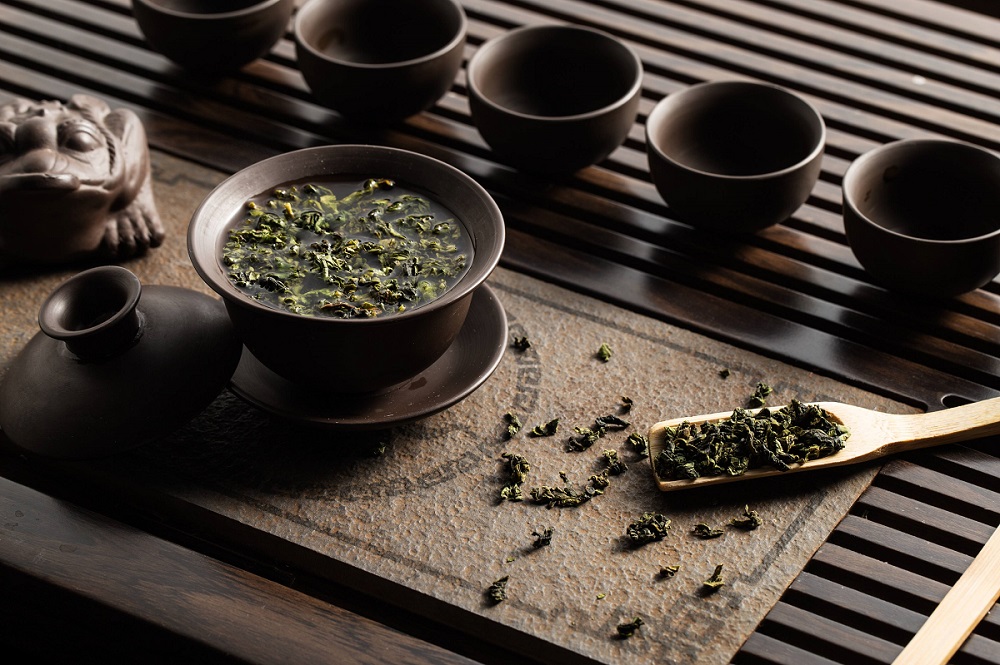
Tea is a timeless beverage that offers something for everyone. Whether you enjoy it for its rich flavors, cultural significance, or health benefits, tea is a versatile and rewarding addition to your daily routine.

Tea is a timeless beverage that offers something for everyone. Whether you enjoy it for its rich flavors, cultural significance, or health benefits, tea is a versatile and rewarding addition to your daily routine.
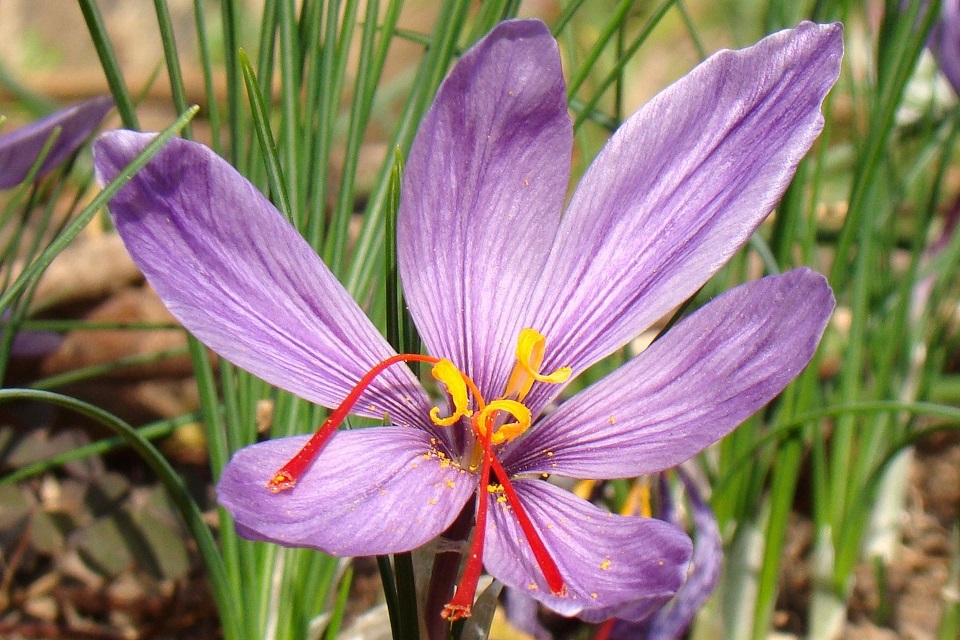
Saffron, often referred to as “red gold,” is a spice that has captured the hearts and imaginations of chefs, herbalists, and culture enthusiasts around the world.
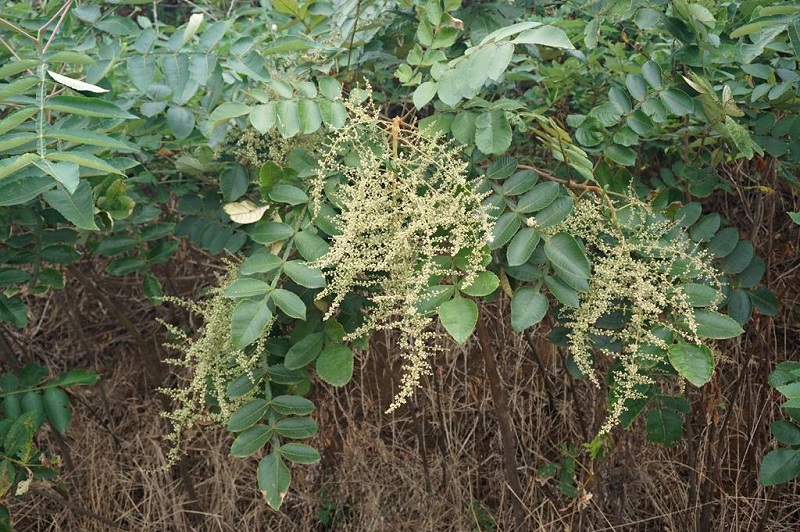
Salt bran wood (scientific name: Rhus chinensis Mill.) is a deciduous small tree plant belonging to the genus Suaeda in the family Anacardiaceae.
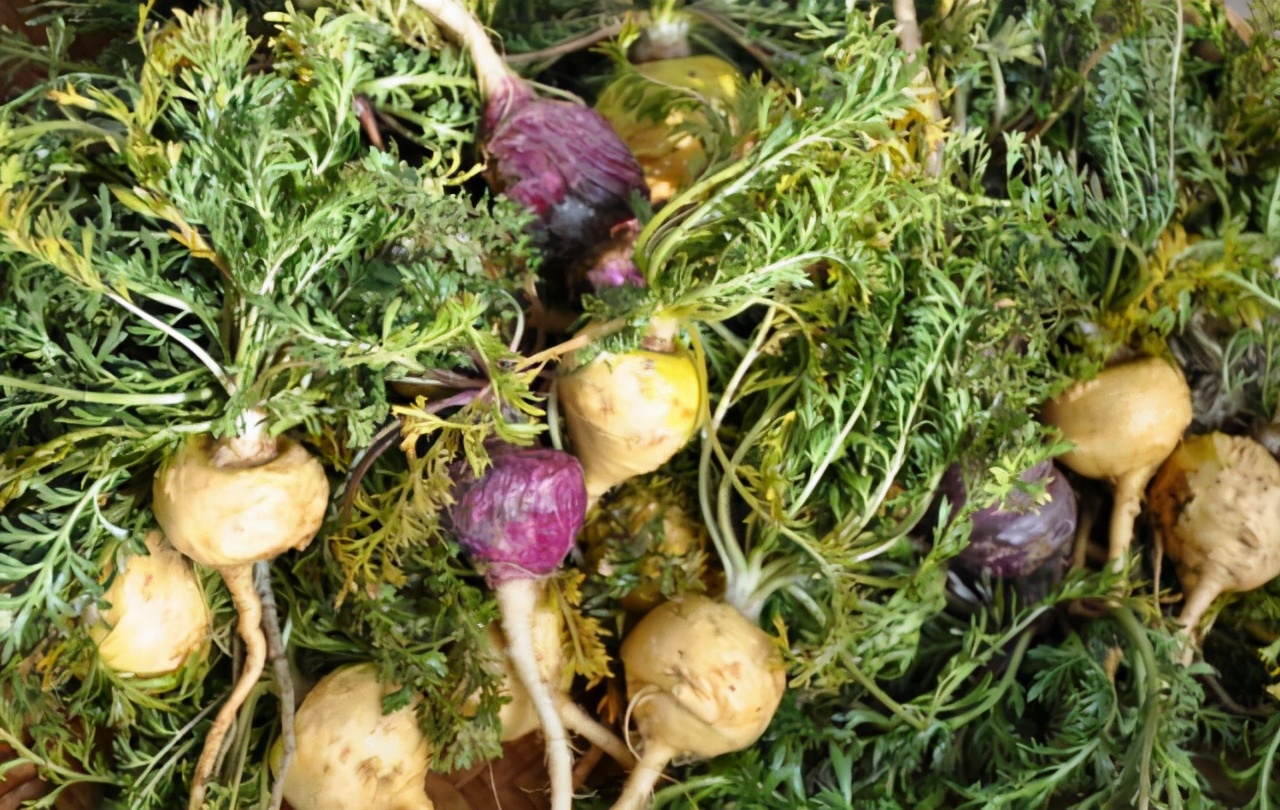
Lepidium meyenii Walp, better known as Maca, is a remarkable plant native to the high-altitude regions of the Andes mountains in Peru.

Laureth is a term that encompasses a series of compounds derived from lauric acid, which is a saturated fatty acid found in various natural sources, including coconut oil and palm kernel oil.
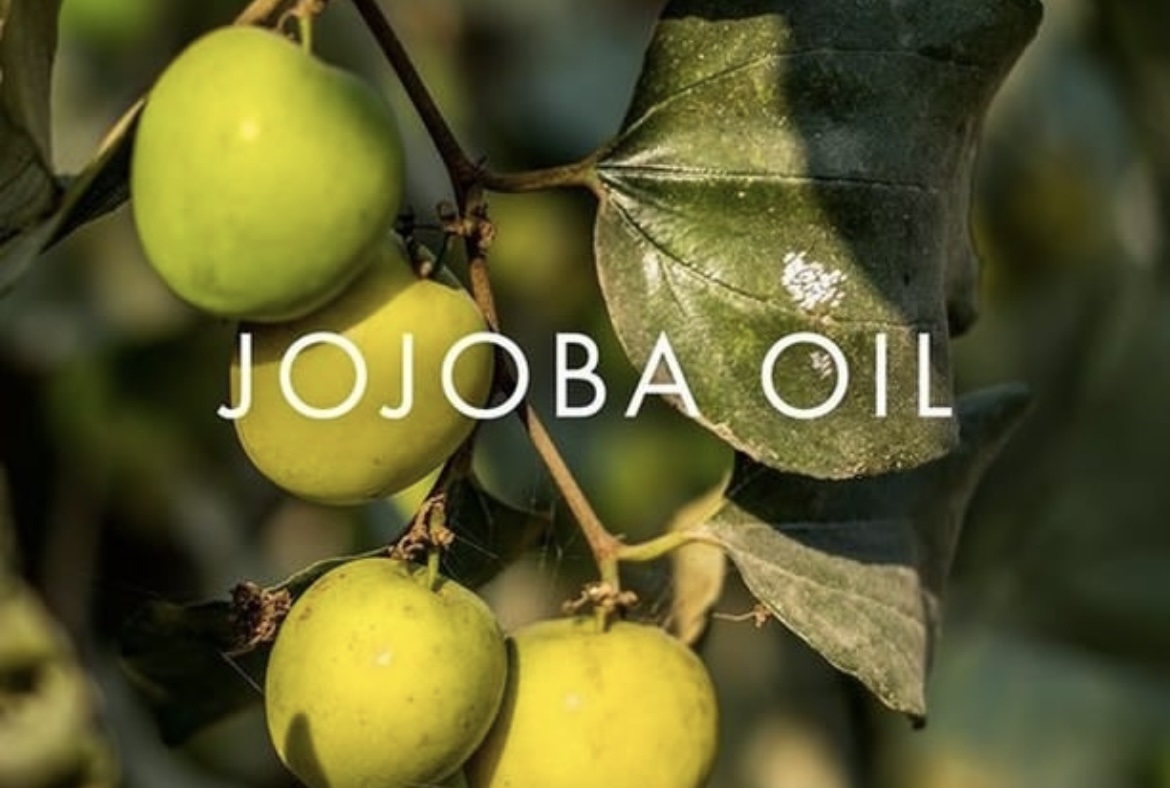
Jojoba oil, extracted from the seeds of the jojoba plant (Simmondsia chinensis), has become a staple in the world of skincare and haircare.

Iodopropynyl Butylcarbamate, commonly referred to as IPBC, a potent antimicrobial agent that plays a crucial role in extending the shelf life of various formulations.
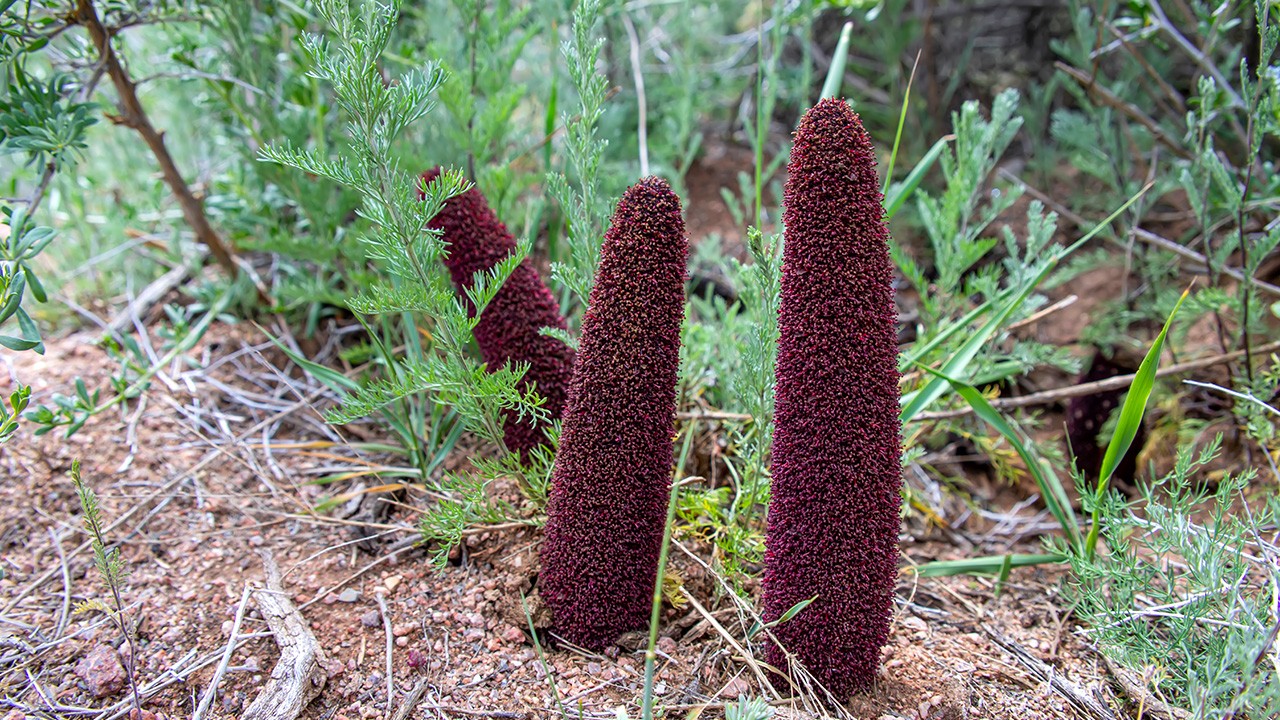
Herba Cynomorii, also known as Cynomorium songaricum or Suoyang in Chinese, is a revered herb in traditional Chinese medicine (TCM).

Ginkgo biloba, often referred to as simply ginkgo or maidenhair tree, is a unique species of tree with a rich history dating back millions of years.
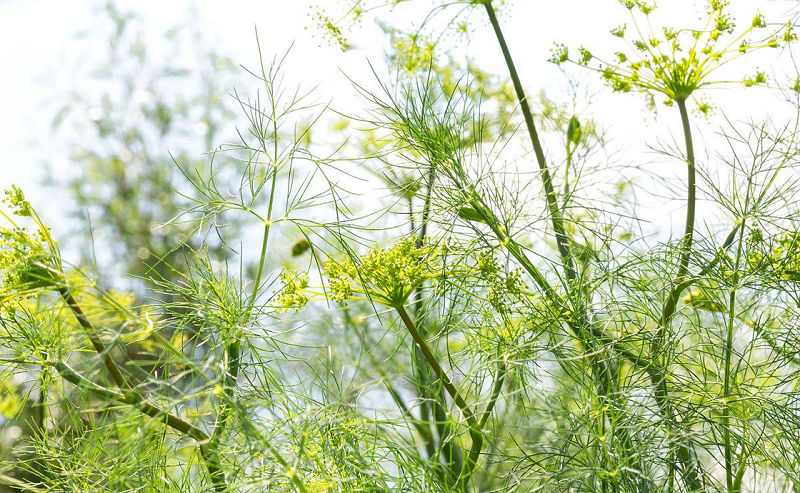
Fennel is a culinary delight that has been cherished for centuries. Beyond its culinary applications, fennel boasts a rich history steeped in medicinal folklore and traditional remedies.